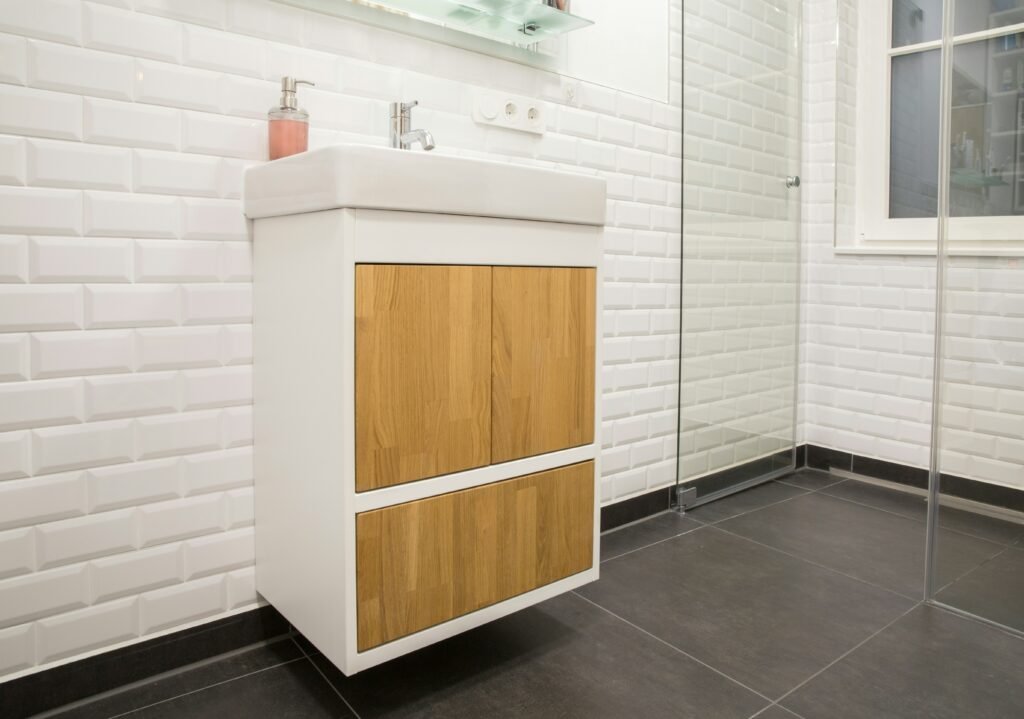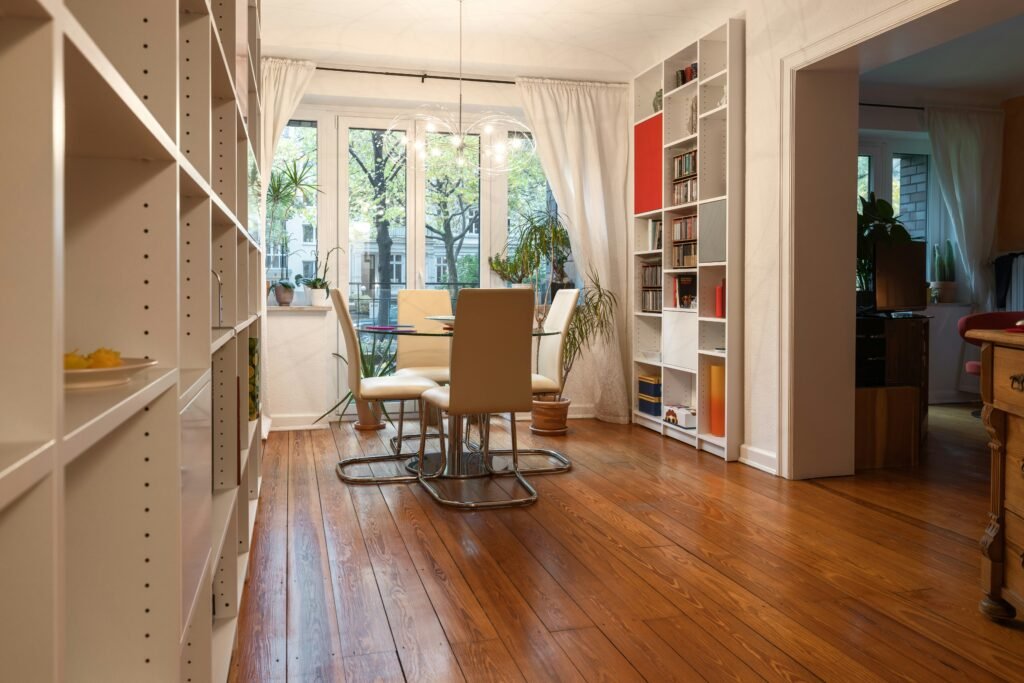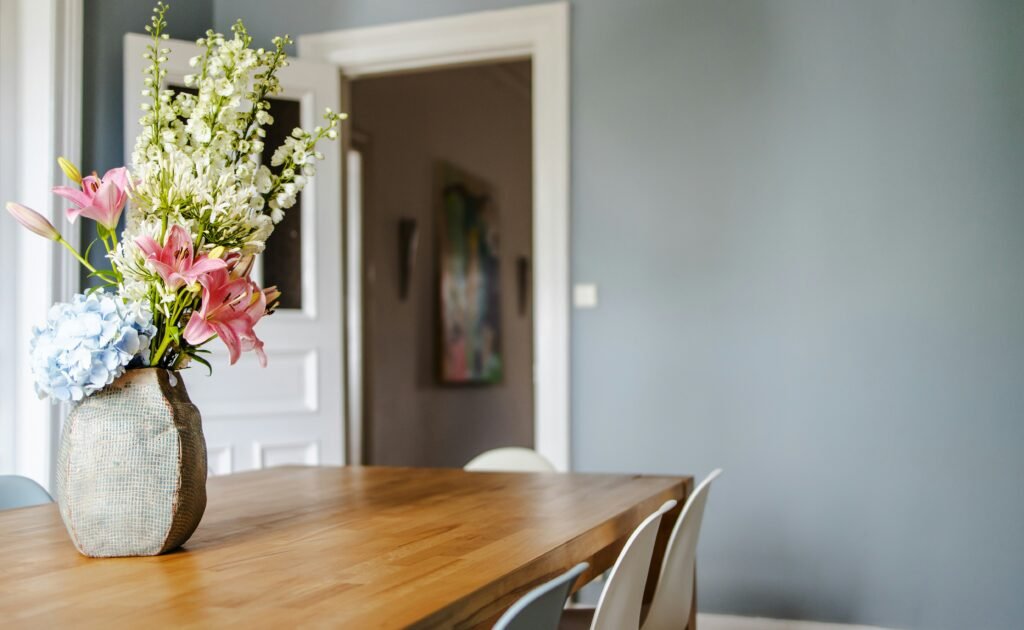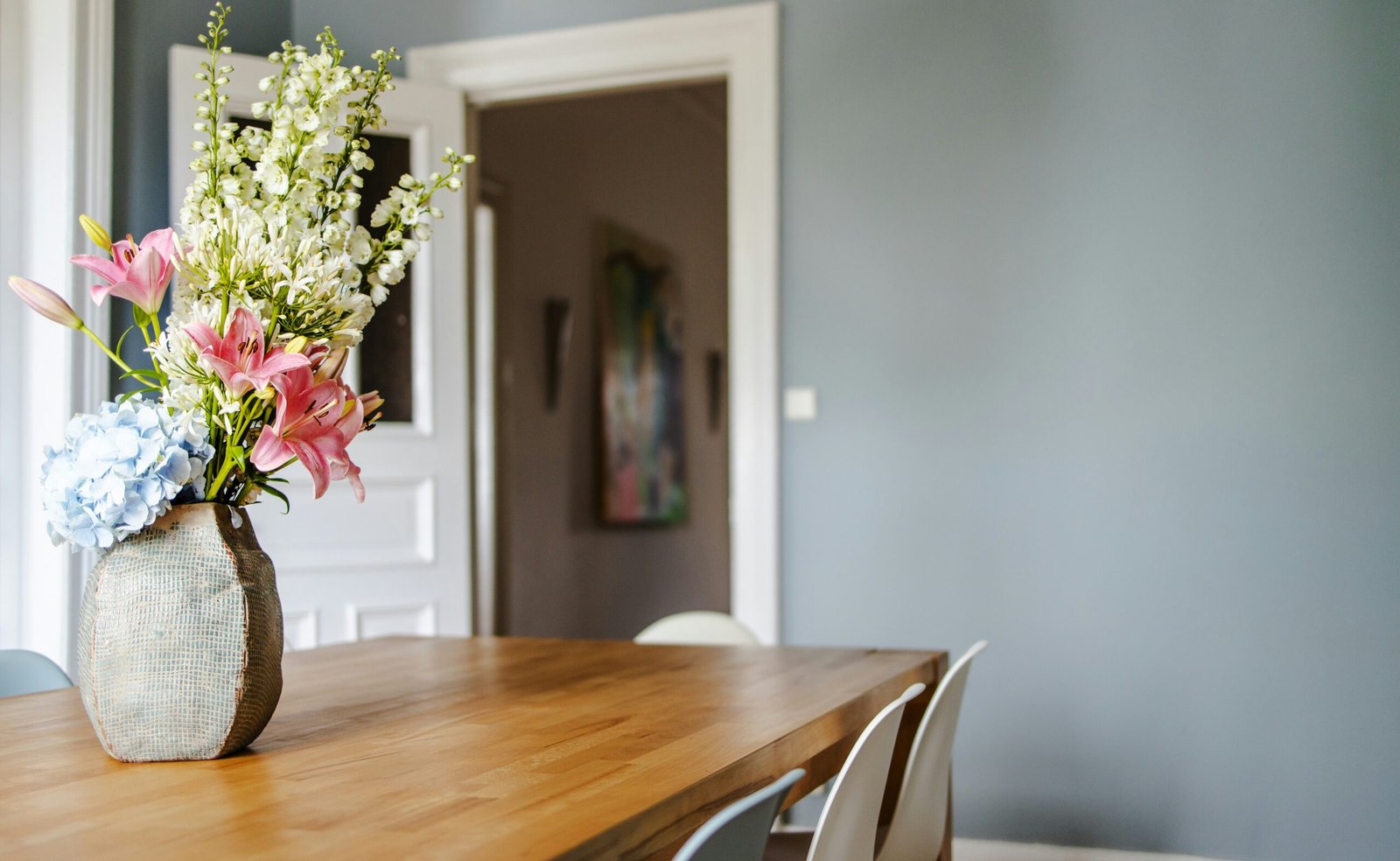Are you wondering which furniture styles, materials, and design approaches will shape homes and workplaces in 2025?
What Are The Latest Furniture Trends For 2025?
You’re about to get a detailed look at the furniture trends that will matter most in 2025. This article breaks trends down so you can understand what’s new, why it matters, and how to use it in your space.
Overview: Why 2025 Feels Different
The furniture landscape for 2025 reflects shifting priorities: sustainability, comfort, technology, and personalization. You’ll see pieces that respond to how you live, work, and rest—designed to last, adapt, and make daily life easier and more pleasant.
Top Trends at a Glance
Below is a quick snapshot of the major trends you’ll see in 2025. This gives you a reference you can return to as you read the deeper explanations and buying tips that follow.
| Trend | What it means for you |
|---|---|
| Circular & Sustainable Design | Furniture made from recycled or renewable materials with repairability and recyclability in mind. |
| Modular & Multi-functional Pieces | Items that adapt for different uses, making small spaces more flexible. |
| Biophilic Materials & Natural Textures | More wood, stone, rattan, and plant-friendly finishes to connect interiors with nature. |
| Curved & Ergonomic Forms | Softer shapes for comfort and human-centered design. |
| Bold Color Accents | Statement hues paired with warm neutrals for an expressive yet cozy palette. |
| Artisan Craftsmanship & Tactile Surfaces | Handmade details and textured finishes that emphasize touch. |
| Tech-Integrated Furniture | Subtle smart features—wireless charging, embedded lighting, and health-monitoring desks. |
| Vintage Revival & Hybrid Classics | Reinterpreted mid-century and 90s styles mixed with modern materials. |
| Outdoor-Indoor Blurring | Weather-ready furnishings that make outdoor spaces as comfortable as indoor rooms. |
| Micro-Living Solutions | Space-saving systems designed for compact apartments and urban living. |
Sustainability and Circular Design
Sustainability isn’t just a buzzword anymore; it’s a baseline expectation. You’ll find furniture designed to be repaired, disassembled, and returned to the supply chain rather than thrown away.
What Circular Design Looks Like
Circular design emphasizes longevity, modularity, and material recovery. This means manufacturers are using recyclable composites, easy-to-replace upholstery, and take-back programs so you can extend the life of the piece or return it responsibly.
How You Can Prioritize Sustainability
Look for certifications, transparent supply chains, and businesses that offer repair services. Choosing solid-wood frames, low-VOC finishes, and pieces with replaceable components will help you reduce waste and long-term cost.
Modular and Multi-Functional Furniture
If you live in a city apartment or want your rooms to do more, modular furniture is a powerful trend for 2025. These systems adapt as your needs shift—work, sleep, entertain, or store.
Types of Modular Systems
You’ll see modular sofas, wall-mounted storage grids, fold-away beds, and tables with adjustable heights and leaf extensions. These pieces snap together or detach so you can reconfigure them without buying new furniture.
Practical Tips for Choosing Modular Pieces
Choose modules that are easy to move and reconfigure without tools. Consider neutral bases with interchangeable covers or components so you can renew the look cost-effectively.
Biophilic Design and Natural Materials
Bringing nature into interiors continues to rise in importance. You’ll notice more wood, stone, clay, rattan, and woven fibers in furniture and finishes.
Why Biophilic Materials Matter
Natural materials improve perceived comfort and sense of wellbeing. They also show honest aging and patina, which many people appreciate as a sign of authenticity.
How to Add Biophilic Elements
Start with a wooden dining table, woven light fixtures, or a stone coffee table. Use planters and living walls to complement the furniture and enhance the natural feel.

Curved, Ergonomic, and Human-Centered Forms
Sharp lines are softening. In 2025, ergonomic and curved furniture supports your body better while looking modern and inviting.
Aesthetic and Functional Benefits
Curved sofas, rounded dining chairs, and sculptural armchairs offer visual softness and improved comfort. Ergonomic desks and seating help prevent fatigue as remote and hybrid work patterns continue.
How to Integrate Curved Pieces
Balance curved sofas with more linear structure pieces like a rectangular media console or shelving to avoid visual monotony. Try replacing a rectangular coffee table with an oval or round one for a subtle shift.
Colors and Finishes: Warm Neutrals with Bold Accents
Your base palette will skew warm and muted—beiges, warm greys, and earthy tones—punctuated by saturated accent colors for personality.
Trending Color Combinations
You’re likely to see terracotta paired with sage green, deep navy contrasted with honeyed wood, and punchy mustard combined with soft beige. These pairings create energy without overwhelming the space.
How to Use Color Boldly but Calmly
Use accessories like pillows, throws, and small upholstered chairs to introduce accent colors. If you want a bigger change, opt for a statement piece—like a brightly colored lounge chair—while keeping larger items neutral.
Artisan Craftsmanship and Tactile Textures
People are valuing handmade details and tactile finishes that encourage touch. You’ll notice embroidery, hand-woven elements, inlaid wood, and hand-applied glazes.
Why Handmade Details Are Trending
Handcrafted touches add uniqueness and perceived value. They also contrast pleasingly with mass-produced, tech-heavy items by anchoring spaces with warmth and soul.
How to Mix Handmade with Modern
Pair a handmade dining table with sleek metal chairs, or place a hand-knotted rug under a minimalist sofa. The contrast creates balance and tells a layered story about your home.
Tech-Integrated and Smart Furniture
Furniture that works with technology—without causing visual clutter—is on the rise. In 2025, integration is subtler, more functional, and more reliable.
What Smart Furniture Offers
Expect embedded wireless charging in side tables, desks with auto-adjust memory settings, sofas with built-in speakers or lighting, and storage that alerts you when it’s time to clean or restock.
Privacy and Longevity Concerns
You’ll want to prioritize furniture with clear privacy policies and updateable firmware. Choose modular tech that can be serviced or replaced separately from the frame to avoid obsolescence.
Vintage Revival and Hybrid Classics
Retro influences return each cycle, and for 2025 it’s a mix: mid-century silhouettes softened with contemporary materials and 1990s comfort ramped up with modern details.
How Designers Reinterpret the Past
Designers are keeping the best proportions and shapes from previous decades while refining upholstery, using eco-friendlier finishes, and improving ergonomics.
Where You Can Use Vintage-Influenced Pieces
A curved mid-century sofa works well in contemporary living rooms, while streamlined 90s-style armchairs add a nostalgic yet current touch to reading corners.
Outdoor and Indoor-Outdoor Blurring
Your outdoor spaces are becoming just as curated as indoor rooms. Weather-resistant fabrics, treated woods, and modular outdoor sofas make patios, balconies, and terraces feel like year-round living spaces.
Designing Comfortable Outdoor Rooms
Use layered textiles, rugs designed for outdoor use, and solar-powered lighting to mimic the indoor coziness outdoors. Durable, low-maintenance materials allow you to enjoy these spaces without excessive upkeep.
Considerations for Climate and Longevity
Pick materials and finishes suited for your climate—UV-resistant fabrics for sunny areas, rust-resistant metals for humid conditions, and quick-dry cushions for rainy regions.

Micro-Living and Space-Saving Solutions
As urban living remains dense and housing sizes stay modest, furniture that maximizes function in minimal space is essential. You’ll find intelligent storage, folding elements, and convertible units.
Examples of Micro-Living Innovations
Murphy beds with built-in shelving, extendable dining tables that tuck away, and storage ottomans with modular interiors are all practical solutions. Systems that integrate work surfaces with storage are particularly popular.
How to Make Small Spaces Feel Larger
Choose pieces with exposed legs and lighter colors to create visual openness. Reflective finishes and multi-use furniture reduce clutter and increase perceived space.
Customization, Made-to-Order, and Personalization
You’ll have more control over size, fabric, and finishes. Brands are offering configurable options, letting you create furniture that matches your exact needs and style.
The Value of Customization
Customization reduces compromise—your furniture fits your room better and tends to be more satisfying to live with. Made-to-order options also generally result in less waste and more mindful production.
How to Approach Custom Orders
Measure carefully and request fabric swatches or finish samples before committing. Consider neutral base pieces with customizable accents so you can update small elements later.
Materials to Watch: What’s Rising and Why
Certain materials are gaining favor for their sustainability, look, and performance. Here’s how common materials compare and what to expect.
| Material | Benefits | Considerations |
|---|---|---|
| Reclaimed Wood | Unique character, lower environmental impact | May require more maintenance and careful sourcing |
| Bamboo | Fast-growing, strong, sustainable | Finish quality can vary; check for formaldehyde-free processing |
| Recycled Metals | Durable, industrial chic, recyclable | Finish can scratch; look for powder-coating for weather resistance |
| Recycled Plastic Composites | Weather and stain resistant, versatile | Can look synthetic; choose high-quality melts with matte finishes |
| Natural Fibers (wool, linen, jute) | Breathable, tactile, renewable | May require special cleaning and be less stain-resistant |
| Engineered Woods (plywood, MDF) | Stable, cost-effective, versatile | Check for low-VOC adhesives and certifications |
Textures and Upholstery Trends
Texture will play a key role in how furniture feels and reads visually. Bouclé, nubby linens, and soft leathers are all popular choices to add dimension.
How Texture Impacts Comfort and Style
Textured fabrics hide wear and stains better and invite touch. They also pair well with smoother surfaces like glass and metal to create contrast.
Best Rooms for Different Textures
Use bouclé and boucle-like textures for cozy seating and bedrooms. Durable weaves and performance fabrics are good for high-traffic living areas and households with kids or pets.
Statement Storage and Smart Organization
Storage becomes design-forward in 2025. Expect storage systems that act as room dividers, sculptural cabinets, and integrated solutions that conceal clutter without sacrificing style.
How Storage Serves Multiple Functions
Storage now doubles as display and acoustic management, using textiles and porous panels to soften sound while organizing possessions. Multi-shelf systems you can rearrange are especially useful.
What to Look For in Storage
Choose storage with adjustable shelves, cable management, and behind-door organization to make the most of the volume. Consider built-in lighting to better showcase and access stored items.
Comfort-Forward Seating and Restful Design
Furniture design is prioritizing comfort—deeper seat depths, supportive lumbar zones, and materials chosen specifically for long-term sitting are common.
Ergonomic Seating for Home and Work
Expect office chairs that blend style and support, and living room seating with modular components you can rearrange for lounging or entertaining. Reclining features and memory foam seat cores are frequent additions.
Incorporating Restful Design into Your Home
Think about the activities you want to support—reading, napping, working—and choose seating with the right scale and support. Invest in a few high-quality pieces where you’ll spend the most time.

Health-Focused Furniture and Wellness Integration
Designers are embedding wellness principles into furniture—adjustable-height desks, anti-fatigue mats, and surfaces that support cleaner indoor air.
Wellness Features to Consider
Look for antimicrobial fabrics, low-emission finishes, and sit-stand solutions that fit your routine. Furniture that encourages micro-movements—like balance-friendly stools—can help reduce sedentary behavior.
How to Choose Wellness Furniture
Test ergonomics in-store when possible, or check generous return policies. Small investments like ergonomic cushions and adjustable monitor arms can greatly improve your daily comfort.
Local Sourcing, Transparency, and Ethical Manufacturing
You’ll find stronger interest in knowing where furniture comes from, how workers are treated, and what happens to materials at the end of their life.
How Brands Are Responding
More companies publish sourcing reports, offer repairs, and implement take-back programs. Local makers and smaller workshops are gaining visibility as consumers prioritize traceability.
How You Can Support Ethical Practices
Ask for origin stories, certifications, or proof of fair labor practices. Buying local or supporting direct-to-customer makers often reduces carbon footprint and supports ethical jobs.
Color Palettes for 2025
Here are some color palettes that reflect the 2025 mood and how you can apply them in a home.
| Palette Name | Core Colors | How to Use |
|---|---|---|
| Warm Minimal | Warm beige, soft grey, cream | Use for walls, large upholstery, and base cabinets to create a calm backdrop |
| Earth & Ember | Terracotta, sage, rust | Accent chairs, pillows, and ceramics for a grounded, cozy look |
| Deep Marine | Navy, stone, brass | Dining rooms and home offices, paired with wood for richness |
| Pastel Revival | Muted teal, blush, soft mustard | Bedrooms and kids’ rooms for upbeat but gentle energy |
Maintenance, Longevity, and Care
You’ll want your 2025 furniture to last. Maintenance approaches have become simpler thanks to better finishes and performance fabrics.
Basic Care Practices
Protect wood with coasters and felt pads, vacuum textured fabrics regularly, and follow the manufacturer cleaning codes for spills. For tech-integrated furniture, follow firmware updates and service guidelines.
Repair and Reupholstery Tips
Choose pieces with replaceable cushions and removable covers to simplify reupholstery. If you like to refresh pieces, neutral frames with new upholstery can change a room without replacing the whole item.
Price Tiers and Buying Strategy
You can find 2025 trends across price points. Knowing where to invest and where to save will help you build a durable, stylish home.
| Budget Level | What to Prioritize | Examples |
|---|---|---|
| Entry / Budget | Accent pieces, small storage, multi-purpose furniture | Stackable chairs, basic modular sofas with removable covers |
| Mid-Range | Key sofas, dining tables, ergonomic work chairs | Solid wood dining tables, higher-quality upholstery |
| High-End | Timeless frames, artisanal pieces, long-term investments | Tufted sofas with solid frames, custom built-ins, designer lighting |
Where to Shop and What to Ask
Knowing where to look and what to ask helps you find the best pieces for 2025 trends. Focus on transparency, return policies, and customization options.
Questions to Ask Before Buying
Ask about materials, sustainability credentials, lead times for custom work, and warranty terms. Request fabric and finish samples and learn about delivery and installation services.
Retail Options to Consider
Look at direct-to-consumer brands for better pricing, boutique studios for unique and artisanal items, and established manufacturers for warranties and predictable quality.
Designers and Brands to Watch
A number of designers and brands are leading or responding quickly to 2025 trends. Many smaller studios are pairing traditional craft with modern techniques, while larger brands scale circular design and tech integration.
How to Keep Up With Designer Releases
Follow design magazines, brand newsletters, and social media of favorite furniture studios. Visiting showrooms gives you tactile experience and early exposure to new collections.
Forecast: What Might Change After 2025
The trends you see now are likely to evolve gradually rather than disappear. Expect further refinement in materials (more bio-based composites), smarter modularity, and wider adoption of circular business models.
How to Future-Proof Your Choices
Invest in neutral, well-made foundational pieces, and use accessories to refresh color and texture. Favor pieces that can be reupholstered or reconfigured rather than replaced.
Actionable Buying Checklist
Use this checklist to evaluate furniture purchases so you bring home pieces that fit your life, values, and space.
| Item | Why It Matters | What to Look For |
|---|---|---|
| Material origin | Environmental and health impacts | Certifications, transparent sourcing |
| Repairability | Longevity and resale | Removable covers, replaceable parts |
| Comfort & Ergonomics | Daily usability | Test seat depth, lumbar support, cushion quality |
| Modularity | Adaptability | Interchangeable components, easy assembly |
| Warranty & Service | Peace of mind | Clear warranty, available spare parts |
| Return Policy | Flexibility | Short trial periods and reasonable return shipping |
Final Tips for Applying 2025 Trends in Your Home
You don’t need to redecorate everything to reflect 2025 trends. Small swaps—an accent chair, a new rug, updated lighting, or a modular storage unit—can transform a room’s feel.
How to Start
Pick one room and identify the function you want to improve. Start with a foundational change like seating or storage, and layer texture, color, and tech over time.
What to Avoid
Don’t chase every trend simultaneously; this can dilute your space and create a disjointed look. Instead, pick trends that support how you actually live and work.
Conclusion
You now have a clear map of the furniture trends shaping 2025: sustainability, adaptability, natural materials, tactile craftsmanship, subtle tech integration, and comfort-forward design. Use the tables and checklists to prioritize purchases that match your lifestyle and values. With thoughtful choices, your furniture will not only look current but also feel better and last longer.
